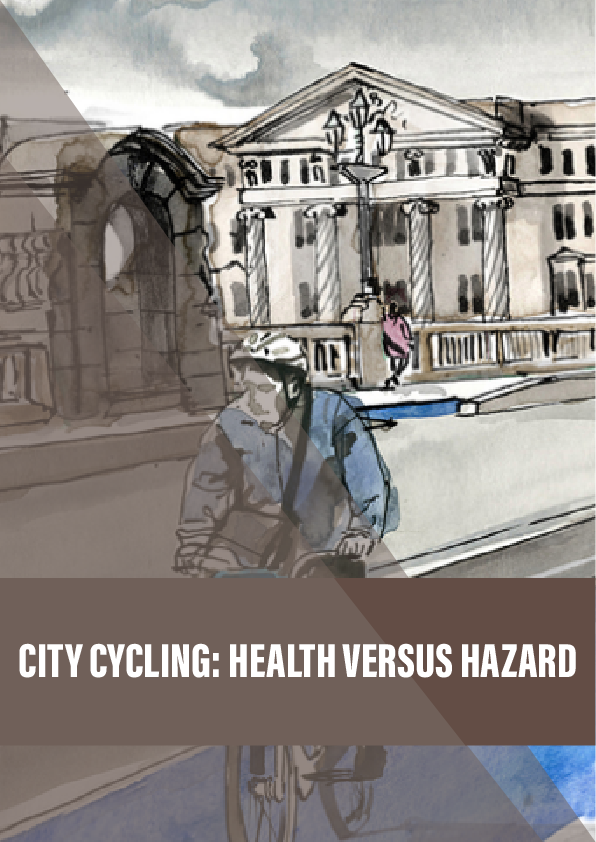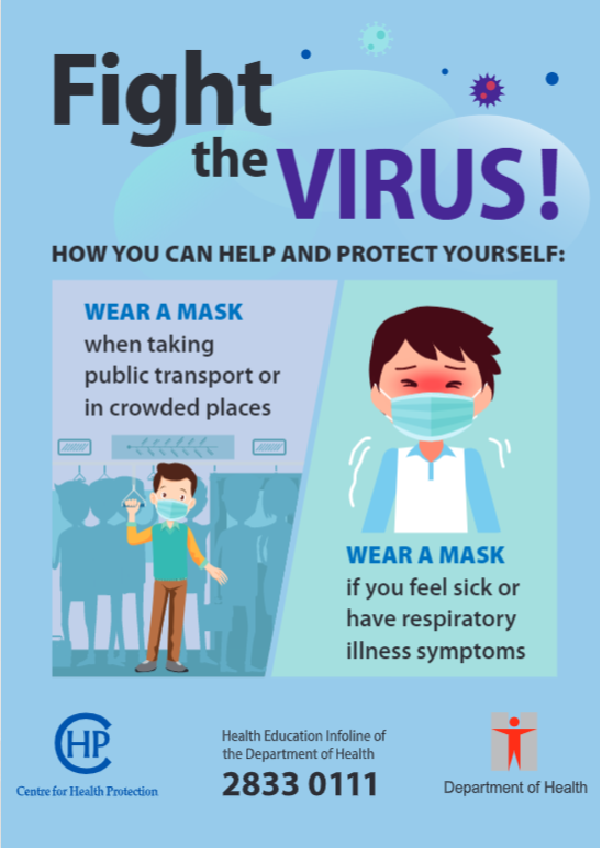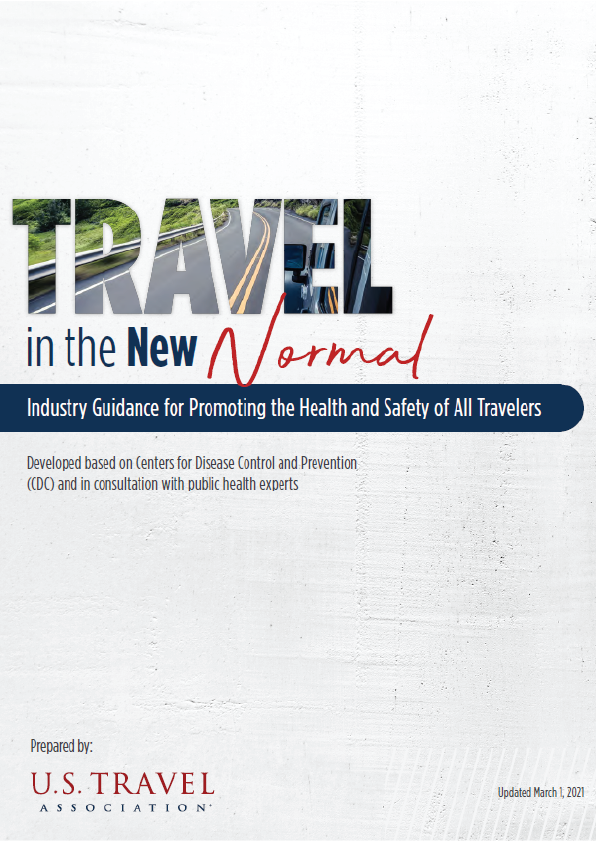Are the fitness benefits of riding your bike worth the risk of an accident? Lesley Evans Ogden takes a tour of seven cities on two wheels to find out.
It was just another morning commute. That is, until a bus driver ran a red light, turned right, and drove straight into Ann-Doerthe Hass Jensen. The bus knocked the social worker off her bike, trapping her underneath, a wheel pinning down and crushing her left foot. It was a school bus heading to a Copenhagen kindergarten, and the children aboard were screaming. Ann was rushed to hospital in excruciating pain, every bone in her foot shattered.
In the six weeks of hospitalisation that followed, part of Ann’s foot was amputated. Salvageable bones were wired back into place and skin grafts were taken from her thigh to replace the torn and missing flesh. “I’m pretty lucky,” says Ann. “People normally die when this happens.”
It was a year before she could walk again. During that year, she had to take a taxi to work every day. “I hated it,” she says. “Here, the taxi drivers are a menace, and I was really scared of accidents.” She also hated having to wait. Travelling by bike in Copenhagen is often the fastest way to get around, which is the top reason why Copenhageners cycle.
Ann’s physiotherapy was tricky. The missing portion of her foot is a crucial stepping point, and its absence affects her balance. But walking wasn’t the only part of her rehabilitation. In Copenhagen – where people own 5.2 bicycles for every car – over a third of residents pedal to work, school or college. So rehabilitation often literally means getting you back in the saddle. The City of Copenhagen helped Ann get a specially adapted Nihola cycle: a sturdy, stable three-wheeler that has allowed her to regain independent mobility.
In cities across the world, researchers, planners and policy makers are examining the many potential plus points of cycling. Increasing the proportion of people who cycle or walk, rather than drive, could not only reduce air pollution and greenhouse gas emissions, but also lower people’s risk of developing a number of diseases. But at what cost? To what extent does cycling in cities expose you to the risk of injury or death? What makes some cities so much safer and attractive for cyclists than others?
The drastically different design and policy approaches taken by large cities in Europe and North America provide some stark comparisons on cycling safety, equity and its impact on public health. To weigh up the risks and benefits of city cycling, and explore what can be learned where public health, urban design and transport engineering meet, I did what I had to do: I hopped on a bike.
Reference:
- Ari Rabl and Audrey de Nazelle explore the health outcomes of a shift from driving to walking and cycling.
- Astrid Ledgaard Holm and colleagues look at the health effects of cycling in Copenhagen.
- John Pucher and Ralph Buehler have written a book on urban cycling.
- A literature review by Meghan Winters and colleagues looking at the impact of transportation infrastructure on bicycling injuries and crashes.
- A study of the health impact of mandatory bicycle helmet laws.
- The blog of Dr Rachel Aldred, Senior Lecturer in Transport at the University of Westminster, who is involved in various projects examining intersections between social and environmental justice with respect to cycling.











